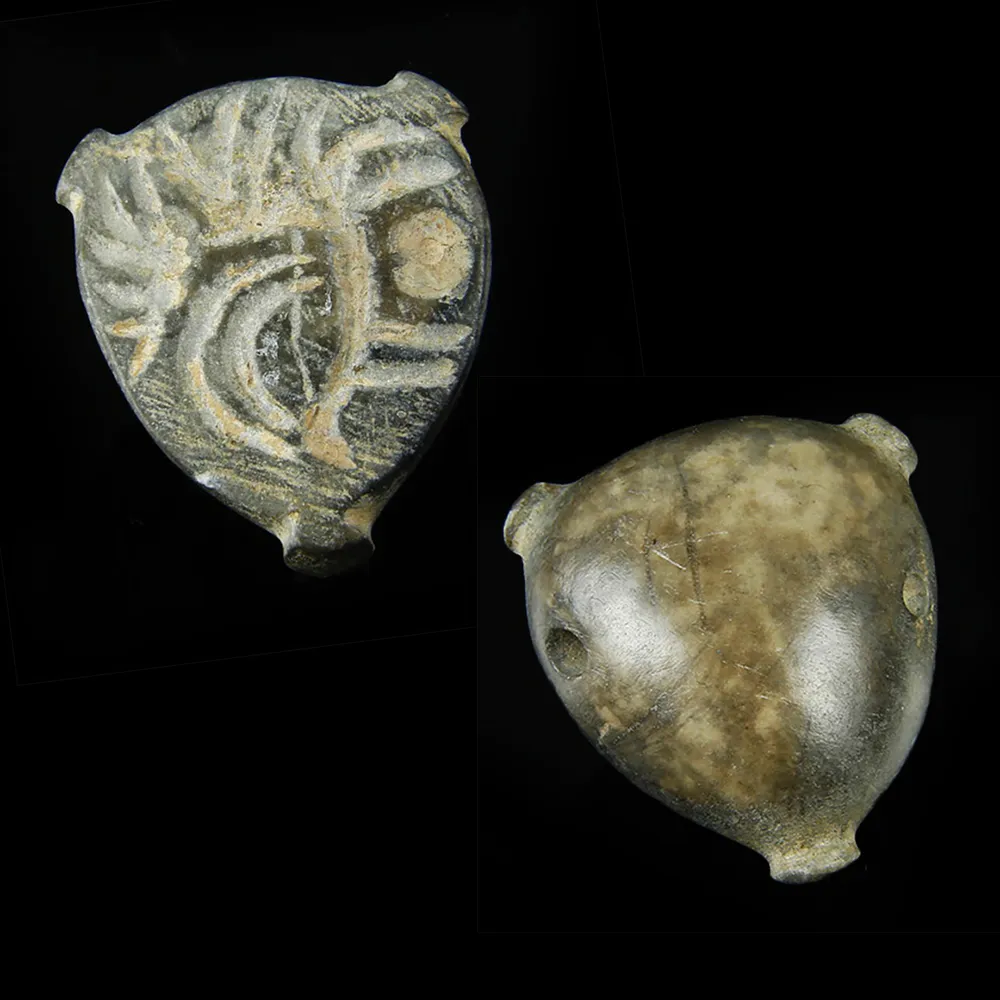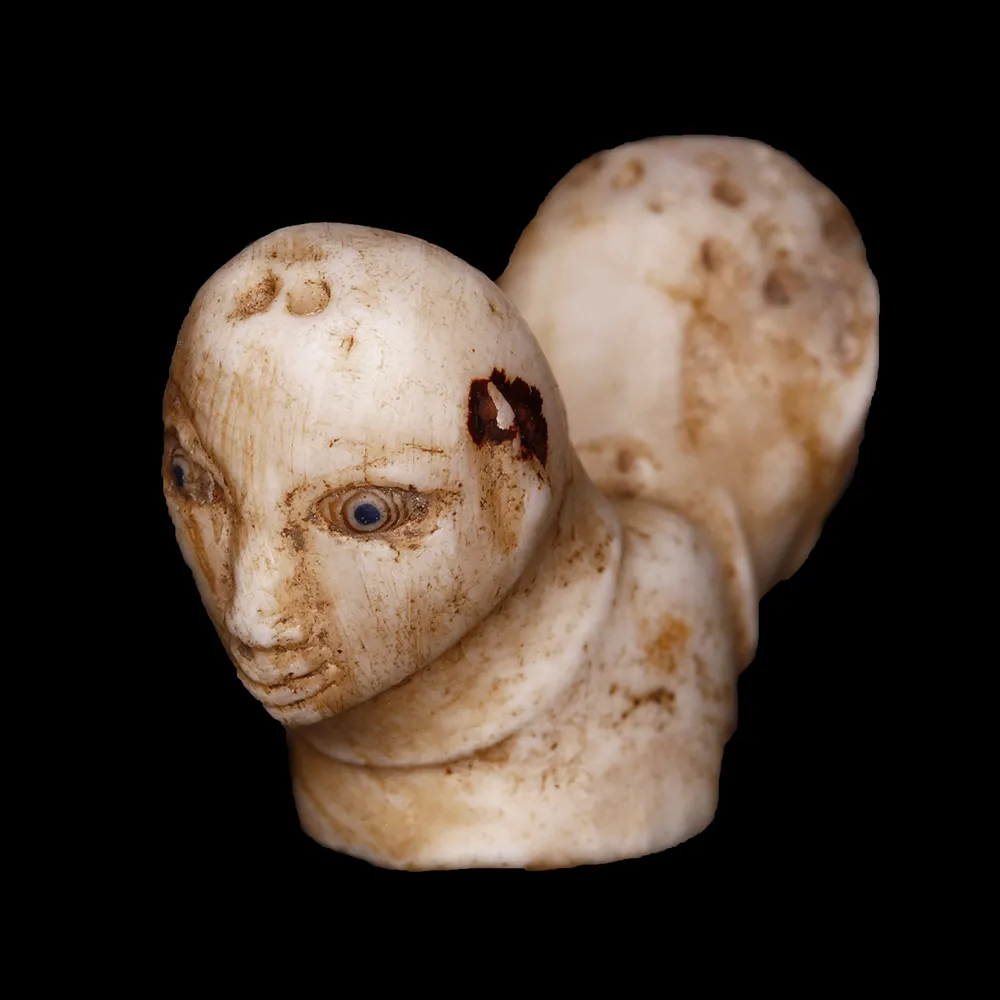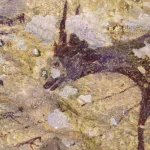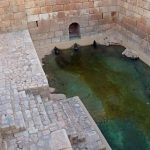Sumerian art in antiquity

Sumer
One of the earliest known civilisations in the world, the people of Ancient Sumer inhabited a region of southern Mesopotamia that extended up from the Persian Gulf into the fertile Tigris and Euphrates valleys, modern day Iraq and Kuwait. They populated part of the so-called Fertile Crescent, from around 4500 BC until an invasion by the neighbouring Elamites around 2000 BC. The fertility of these valleys allowed the Sumerians to grow an abundance of crops, creating a surplus that allowed for the creation of non-food-gathering roles, such as artists and artisans. The Sumerians are notable for a number of reasons; they created the oldest known writing system, known as cuneiform, the wheel, early mathematics, law and literature, and were some of the first brewers of beer.
Sumerian Art
As with most art from ancient periods, the main themes revolved around depictions of political or religious figures. These themes often overlapped even; the Sumerian city of Uruk was ruled by the high priest of Innana, the goddess of abundance and patron deity of the city, and was thus the first known theocracy. A notable example of art depicting these religious-political rulers is the numerous surviving fragmentary statues of Gudea, the priest-prince of the Sumerian city-state Lagash-Girsu who ruled between circa 2144 and 2124 BC. The early cuneiform writing from Sumer also touched upon politico-religious subjects such as battles that were fought or the will of the gods. However, more numerous are the surviving cuneiform tablets which concern harvests of wheat and barley and contain largely meticulous economic records, thus reflecting the bureaucratic nature of the Sumerians.
Uruk/Jemdet Nasr Period (circa 3800 – 2900 BC)
It was during this period that we see the emergence of political life, urban centres, and the cuneiform script. Some of the earliest and most abundant forms of art from this period are the stone seals, which represent the bureaucratic nature of this society. The administrative systems in place in Sumer created a demand for a form of authentication that was provided by these seals, commonly in the form of animals, such as lions or pigs.
Early Dynastic (circa 2900 – 2350 BC) and Akkadian Periods (circa 2334 – 2154 BC)
During the Early Dynastic period copper becomes a significant material for the creation of statues and the emphasis of art focuses on religious settings and offerings. Such offerings took the shape of worshippers, usually carved in alabaster, displaying typical Sumerian features. The art of the Akkadians, however, shows a greater emphasis on the rulers of the period, perhaps as a method of solidifying their power and right to rule.








